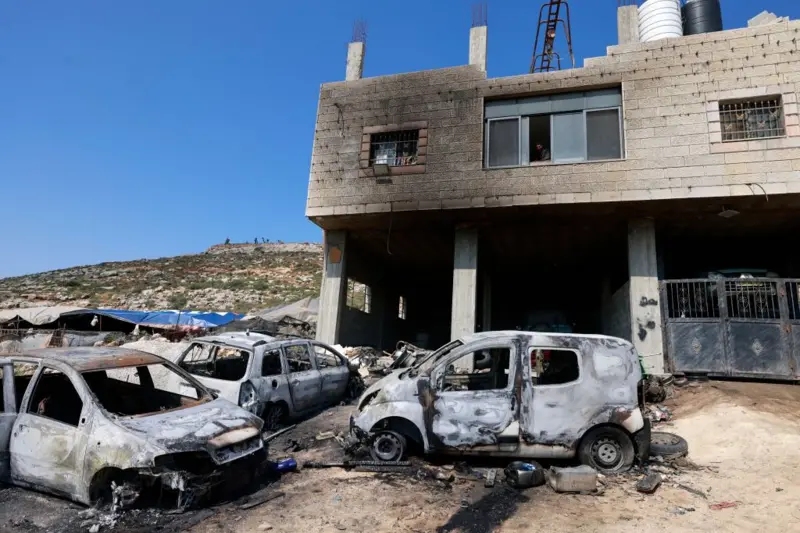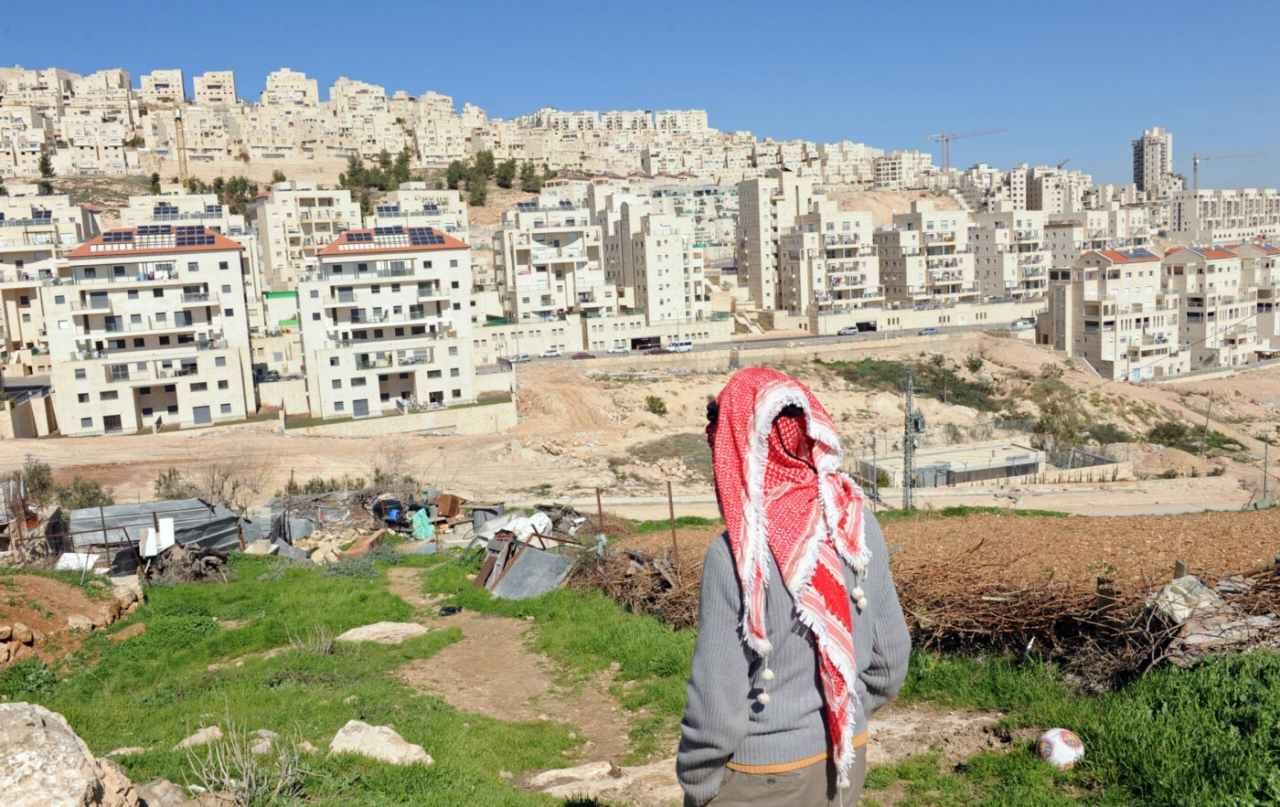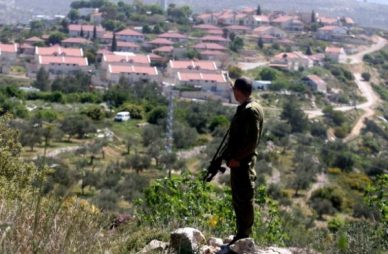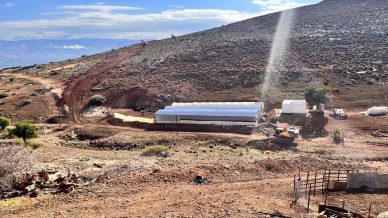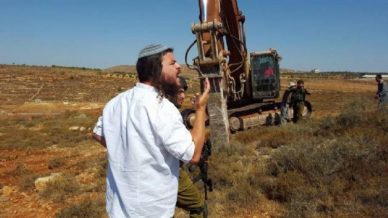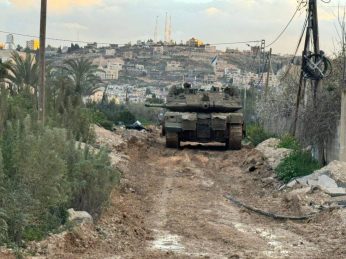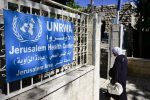WEST BANK, (PIC)
As Israel wages a campaign of extermination against the Gaza Strip and intensifies its onslaught on the West Bank, the 31st anniversary of the Oslo Agreement, signed at the White House between the Palestine Liberation Organization and Israel on September 13, 1993, has recently passed.
The Palestinian Authority and its institutions were established as a result of that agreement, but Jerusalem and the issue of the return of refugees were postponed under what was then termed final status issues.
However, the agreement did not condition the halt of settlement activity, which encouraged the Israeli government to support and enhance it to the fullest extent, allowing it to spread like cancer throughout the West Bank.
Where is the settlement clause in the agreement?
In previous press statements, Israeli affairs expert Mohannad Mustafa confirmed that the continuation of settlement activity after the signing of the Oslo Agreement was due to the fact that the agreement did not include a halt to settlement construction as a condition for advancing negotiations. He added that Israel was negotiating while simultaneously building settlements.
He recalled that Rabin delivered a speech a week before his assassination in 1995, in which he referred to the parameters of a final agreement under Oslo: not withdrawing to the borders of June 6, 1967, maintaining large settlement blocs in the West Bank, complete Israeli control over the borders with Jordan, establishing a demilitarized Palestinian state, and that Jerusalem would be a unified capital of Israel, without addressing the right of return for Palestinian refugees.
For his part, Mustafa Barghouti, Secretary General of the Palestinian Initiative Movement, believes that the Oslo Agreement is over and that Israel has killed and buried it, along with any approach to peace. He stated that betting on a compromise with the Zionist movement through negotiations and relying on the United States as a mediator has proven to be a failure.
In a press statement, he asserted that the Oslo Agreement contained three sins: signing the agreement without halting settlement activity, recognizing Israel without it recognizing the Palestinian state, and that it was merely a transitional deal.
Barghouti emphasized that Israel exploited the mistakes in the Oslo Agreement, primarily signing the agreement without halting settlement activity. As a result, what we see today is an expansion of settlements, with 121,000 settlers living in the West Bank at the time of the signing, compared to 750,000 today.
Statistics and facts
Settlements in the West Bank are Israeli population clusters established on Palestinian lands occupied by Israel in 1967, driven by ideological, religious, and racist motives, under the pretext of reconstruction and housing Jewish immigrants brought to Israel from various parts of the world.
According to a report issued by the National Office for the Defense of Land and Resistance of Settlements, the number of settlers in the West Bank has increased sevenfold since the signing of the Oslo Agreement 31 years ago, with settlements controlling about 40% of the total area of the West Bank.
Immediately following the signing of the Oslo Accords in 1993, Moshe Feiglin, a member of the Central Committee of the Likud Party, devised a secret plan in collaboration with the Yesha Settlement Council, called the Doubling Operation, aimed at establishing 130 new settlements in the West Bank.
The plan, which began implementation in 1996, is based on a strategy of creating small settlement groups in targeted locations, labeled illegal outposts to downplay their significance, which would later transform into settlements. The goal is to complete control over strategic hilltops and heights in the West Bank, preventing any future withdrawal of the occupation from these areas.
When Netanyahu took office in 2009, he began a process of legalizing these outposts to convert them into official settlements. In 2017, the Israeli Knesset approved the Regulation Law, which permits the use of Palestinian private land on which settlements and outposts have been built, legalizing 4,000 housing units in 55 outposts built on private Palestinian land.
According to data from the Wall and Settlement Resistance Commission, the number of settlers in the settlements of the West Bank and Jerusalem reached 726,427, distributed among 176 settlements and 186 outposts by early 2023.
According to the leftist Israeli group “Peace Now,” which opposes settlements, the West Bank has witnessed the largest settlement expansion since 2012 after Netanyahu’s government took office at the end of 2022, as his government pushed plans to establish 12,885 settlement units.
In addition to the vast areas of the West Bank confiscated by the occupation authorities for settlement construction, the Israeli government began building the separation barrier in 2002 under the pretext of preventing resistance operations, through which it managed to encroach on 4.1% of the West Bank’s area in one go.
Occupation measures to support settlement
In light of the aggressive Israeli measures in the West Bank and Gaza, Egyptian writer Abdel Halim Qandil noted in an article that negotiations on the Palestinian front have reached a dead end, and the Oslo Agreements and their counterparts have lost any significant impact.
Qandil points out that Israel has erased any tangible difference between Areas A, B, and C in the West Bank, making them all fall under Area C, which constitutes about 61% of the West Bank, meaning they are under direct Israeli occupation.
He adds that the construction of settlements has returned to Area B, which constitutes 21% of the West Bank, although it is supposed to be under Palestinian civil administration and Israeli security presence according to the agreement.
Political science professor Hassan Ayoub believes that the ongoing aggression of the occupation in the West Bank aims to destroy the infrastructure of resistance. He adds that the political goal behind this operation is to signal the establishment of a settler state in the West Bank by de facto and legal means.
Ayoub confirms that since the Oslo Agreement, Israel has increased the number of settlers from 120,000 at that time to now over 800,000, in addition to their control over bypass roads and spatial areas.
Egyptian writer Mahmoud Sultan points out that the Israeli government’s policy of expanding settlements in the West Bank has attracted new settlers, most of whom are driven by ideological reasons, believing that God has given them the right to settle in the Palestinian land according to their interpretation of the Torah.
Sultan adds that the Israeli government recently approved the largest land confiscation operation in the occupied West Bank in over three decades, involving the construction of thousands of new settlement homes, according to the organization Peace Now, aiming to entrench Israel’s control over the area and prevent the establishment of an independent Palestinian state.
Sultan emphasizes that settlers do not limit themselves to confiscating Palestinian lands; they also follow a displacement policy to empty the West Bank of its inhabitants. This policy includes directing sewage and solid waste generated by the settlements toward Palestinian lands, which endangers public health and renders agricultural lands unusable.
According to data from the Palestinian Central Bureau of Statistics in 2018, settlements produce about 40 million cubic meters of sewage annually, of which approximately 90% is discharged into Palestinian territories untreated.
Research conducted by the Italian humanitarian organization CESVI in 2019 showed that the per capita waste produced by settlers is estimated to be double that produced by Palestinians, with settlements generating about 1,200 tons of solid waste daily.
Israeli ambitions do not stop at enhancing settlements in the West Bank; some extremists have openly called for the resettlement of Gaza. Thousands of Israelis, including far-right ministers and Netanyahu’s allies, participated in a conference in Jerusalem at the end of February, demanding the reconstruction of settlements in the Gaza Strip.
At that time, settler leader Daniela Weiss indicated that the conference aimed to pressure the government to return to Gaza and establish settlements immediately.
Some even called for the expulsion of Palestinians from Gaza, declaring that settlements are the only way to ensure security for Israelis, while conference attendees chanted, “The Oslo Accords are dead; the people of Israel live.”
Arming settlers
What the Israeli government provides to the settlements goes beyond financial support and military protection; it extends to arming extremist settlers under the pretext of enabling them to protect themselves. In reality, they have used these weapons to attack Palestinians and seize their property.
According to UN reports, settler attacks surged in 2023 to their highest level since recording began in 2006. The West Bank saw an accelerating pace of attacks after the Al-Aqsa Flood event, with the UN documenting over 700 settler attacks from October 7, 2023, to early April, half of which involved the Israeli army.
In February, the Israeli security cabinet approved the distribution of weapons to Israelis, including settlers, and Netanyahu announced measures to strengthen settlements in the West Bank.

Far-Right Minister Ben Gvir distributes weapons to settlers
The Israeli government made this decision despite warnings from the UN, voiced by its High Commissioner for Human Rights, Volker Turk, that the government’s plans to expand weapon licenses would lead to more violence and bloodshed.
At the end of May, Israeli Channel 7 reported that the army would distribute more automatic weapons to settlers in the West Bank. Settlers have used these weapons to carry out attacks against Palestinian villages, taking advantage of the cover provided by occupation soldiers, as they shot at citizens and burned their property.
In one of the largest settler attacks, around 100 armed settlers infiltrated the village of Jit on August 15, burning vehicles, homes, and agricultural land under the protection of the occupation army. The attack resulted in the death of a Palestinian youth from settler gunfire, according to the Palestinian Ministry of Health.
The UN described the settlers’ violent attack on the village as horrific, adding, “We see a significant degree of impunity” in similar attacks.
UN human rights office spokesperson Ravina Shamdasani reported that “there are reports indicating that Israeli security forces stand idly by while attacks occur,” adding that the state’s distribution of weapons to settlers clearly indicates its responsibility in this regard.
The declared goal of the Oslo Agreement was to work toward the recovery of the land occupied in 1967 in phases, paving the way for the establishment of an independent Palestinian state. However, Israel has continued its settlement project, which has seized vast areas of the West Bank, leaving Palestinians with only about 15% of the historic land of Palestine.
